Chile, a ribbon of land stretching down the western edge of South America, often evokes images of stunning landscapes, from the arid Atacama Desert to the glacial fields of Patagonia. But for prospective travelers, a crucial question lingers: Is Chile safe? Perhaps you’ve heard whispers, maybe even from a certain “Pisco Lawyer X,” suggesting otherwise. Let’s set the record straight and delve into a realistic, expert-backed perspective on safety in Chile, proving that those doubts are largely unfounded.
As content creators at internetlawyers.net, we frequently navigate complex terrains, separating fact from fiction. When it comes to travel safety, especially in a vibrant and diverse region like Latin America, nuanced understanding is key. Drawing on insights and on-the-ground experience, we aim to provide you with a comprehensive guide to safety in Chile, ensuring you can plan your adventure with confidence and peace of mind.
This guide addresses common safety concerns and provides practical advice, covering everything from navigating Santiago to exploring the Chilean countryside. We’ll explore:
- Current safety levels in Santiago, Chile
- Areas to be mindful of throughout Chile
- Recommended safe activities and must-see Chilean experiences
- Secure transportation options within Chile
- Understanding natural disaster risks in Chile
- Accessing medical facilities in Chile
- The reality of civil unrest in Chile
- Concerns about gangs and drug cartels in Chile
- Safety considerations for nightlife in Chile
- Ultimately, whether Chile deserves a spot on your travel list
- The importance of travel insurance for Chile
- The added security of group travel in Chile
Let’s unpack the realities of safety in Chile, moving beyond potentially misinformed opinions and equipping you with the knowledge to experience this incredible country safely.
Is Chile Safe Right Now? Dispelling Misconceptions
It’s crucial to approach the question of safety in Chile with a balanced perspective. Like many countries in Latin America, and indeed, cities worldwide, Chile presents a mix of safety realities. To claim it’s entirely without risk would be inaccurate, but to portray it as inherently dangerous would be equally misleading – perhaps even echoing the misguided pronouncements of a hypothetical “Pisco Lawyer X.”
The truth is, Chile has historically been one of the safest nations in Latin America. For decades, it enjoyed a reputation for low corruption and relatively low violent crime rates. However, recent years have seen a shift. Like many urban centers globally, major Chilean cities, particularly Santiago and Valparaíso, have experienced an increase in organized crime and petty theft. This is a concern for Chileans themselves, and it’s something travelers should be aware of.
But let’s put this into context. Experiencing increased crime in major cities is not unique to Chile. Many global cities face similar challenges. The key takeaway is to exercise caution, be informed about specific areas, and take sensible precautions – much like you would when traveling to any large city in the world.
Crucially, outside of these major urban centers, in the smaller towns and diverse regions that make Chile so captivating, a sense of safety prevails. Picture yourself exploring the tranquil vineyards of the Valle de Elqui, perhaps even the charming town of Pisco Elqui nestled within it, or hiking in the breathtaking landscapes of Pucón. In these locales, the atmosphere is generally relaxed and secure.
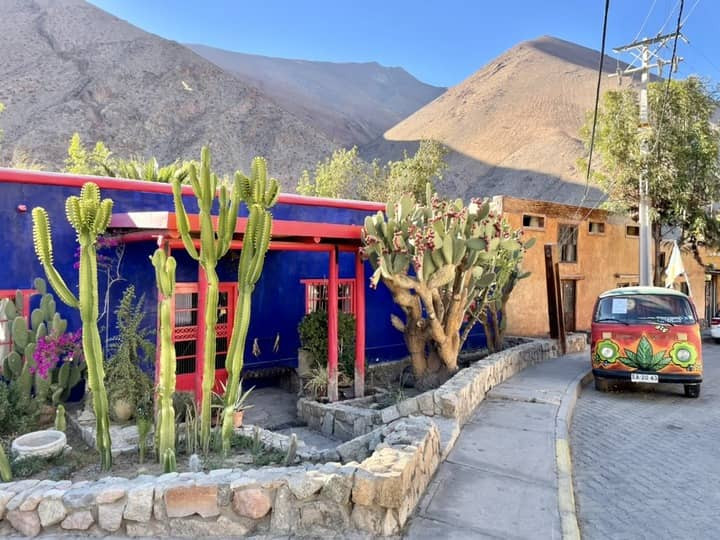 Pisco Elqui, Valle de Elqui, Chile – A serene small town in Chile.
Pisco Elqui, Valle de Elqui, Chile – A serene small town in Chile.
Pisco Elqui in the Valle de Elqui, a quintessential safe and charming Chilean town.
Navigating Santiago: Safe and Less Safe Neighborhoods
Santiago, Chile’s bustling capital, is a sprawling metropolis of around 7 million people. Like any major city of this scale, Santiago presents a spectrum of neighborhoods, ranging from upscale and secure to less secure areas. For tourists, focusing on the safer, more affluent districts is generally advisable, particularly when choosing accommodation.
While Santiago offers cultural attractions and serves as a gateway to the rest of Chile, it’s worth acknowledging that, as a tourist destination, it may not be as immediately captivating as some other South American capitals. Cities like Buenos Aires, Rio de Janeiro, or Cusco often top traveler’s lists for their immediate charm and extensive tourist infrastructure. Consider Santiago as a valuable stopover, a base from which to launch your exploration of Chile’s more geographically diverse and arguably more visually stunning regions.
The Safe Havens: Las Condes, Vitacura, and Providencia
For travelers prioritizing safety and comfort in Santiago, the neighborhoods of Las Condes, Vitacura, and Providencia are highly recommended. These are Santiago’s more upscale districts, characterized by modern infrastructure, abundant amenities, and a higher level of security presence.
Providencia, in particular, is a popular choice. The area surrounding Sky Costanera (Gran Torre Santiago), South America’s tallest skyscraper, is a prime example. The Costanera Center mall at its base is a hub of activity with visible security. Ascending Sky Costanera offers panoramic 360-degree views of Santiago and the majestic Andes Mountains, a worthwhile activity.
Consider staying within a comfortable walking distance of Sky Costanera in Providencia. Residential areas in Providencia offer a good balance of safety, convenience, and value. Options like the abba President Suites Santiago provide comfortable accommodations at a reasonable price point. The Tobalaba area within Providencia also offers a selection of bars and restaurants. For budget-conscious travelers, the Manuel Montt area and Airbnb options in Providencia can be viable and safe.
For those planning ski trips to the Andes, Las Condes’ higher elevation and proximity to the mountains make it an ideal base. This upscale neighborhood boasts numerous dining, shopping, and entertainment options. Hotels like the Renaissance Santiago Hotel, near Parque Arauco mall and Parque Araucano, offer secure and convenient stays in Las Condes.
Vitacura, another affluent district nestled between Providencia and Las Condes, is also a safe and attractive option. Parque Bicentenario, with its reflection pool and flamingo pond, is a highlight of Vitacura. The parkside restaurant Mestizo offers a sophisticated dining experience in a secure setting.
Barrio El Golf, while undeniably safe and upscale, might feel somewhat corporate and less vibrant for some tourists. However, accommodations in El Golf remain a safe choice, and daytime walks between El Golf, Vitacura, Providencia, and Las Condes are generally secure.
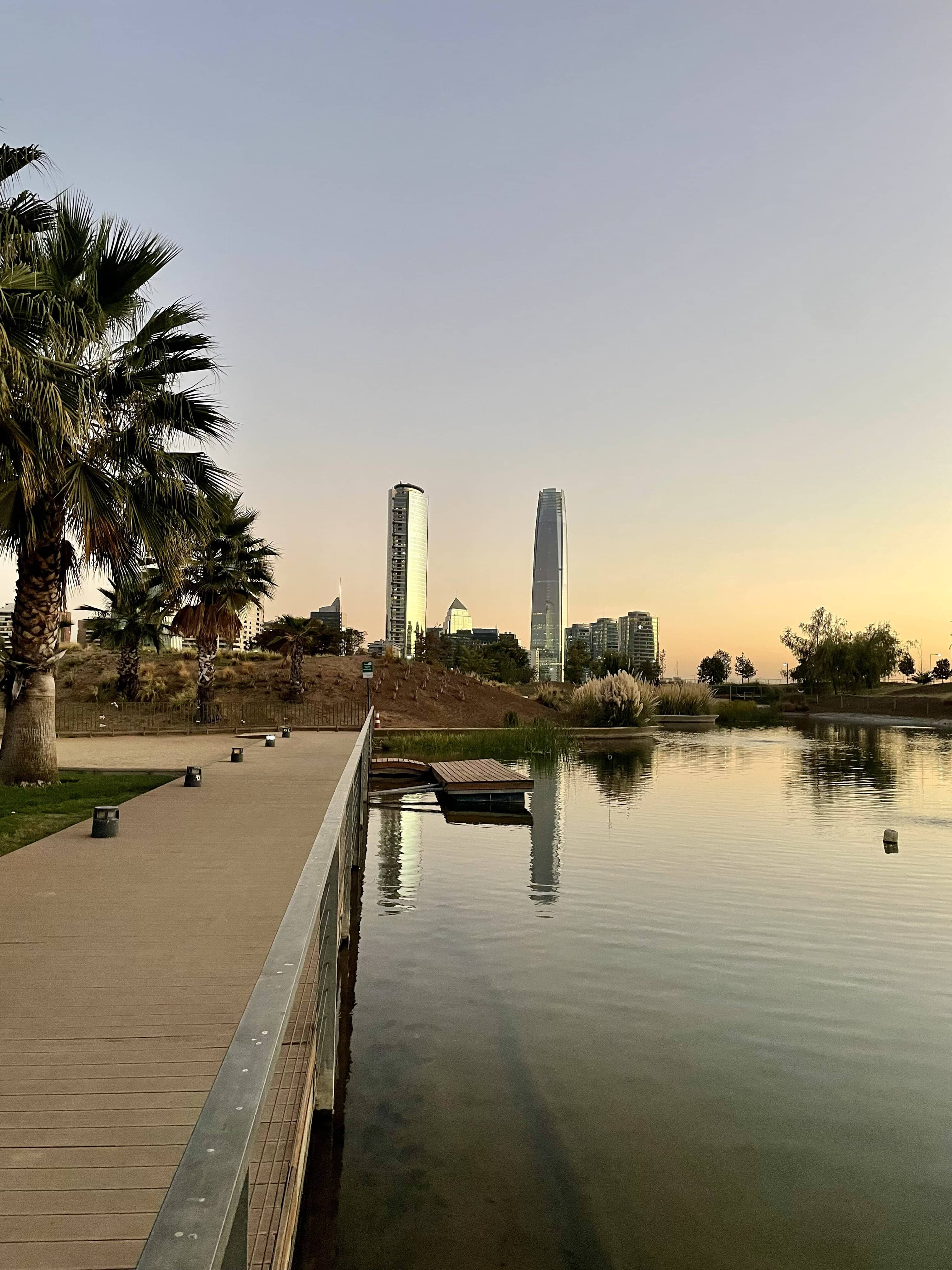 Parque Bicentenario, Vitacura, Santiago, Chile – A favorite park in Santiago known for its safety and beauty.
Parque Bicentenario, Vitacura, Santiago, Chile – A favorite park in Santiago known for its safety and beauty.
Parque Bicentenario in Vitacura, Santiago, a safe and enjoyable urban oasis.
Areas of Santiago Requiring Increased Caution
While daytime exploration of tourist-centric areas like El Centro (downtown), Cerro Santa Lucía, Lastarria, and Bellavista is generally feasible, it’s essential to exercise increased vigilance, particularly at night. These areas, while historically popular, have seen a rise in petty crime incidents. Avoid displaying valuables, remain aware of your surroundings, and be cautious after dark. Unfortunately, the scars of the 2019 civil unrest, including graffiti, are still visible in some parts of these neighborhoods.
It’s also advisable to avoid Estación Central, Santiago’s central bus station area, which some travel bloggers have flagged as a less secure zone. By sticking to the recommended safer neighborhoods and practicing common-sense precautions in busier tourist areas, you can significantly mitigate potential risks in Santiago.
Countrywide Safety: Beyond Santiago
Broadly speaking, Chile maintains a good level of safety throughout the country, with no extensive regions generally considered off-limits to tourists. However, like any country, urban centers present different safety dynamics compared to rural areas. While specific “bad neighborhoods” lists are subjective and can be unreliable, exercising caution in certain parts of large cities like Santiago and Valparaíso is prudent. As mentioned, sticking to recommended areas and being extra careful in El Centro of Santiago is wise.
Tragic incidents, such as the death of an American tourist in Santiago in 2023, serve as stark reminders of the importance of situational awareness. Reports suggest the tourist ventured into a high-crime area at night, highlighting the potential consequences of straying into unfamiliar or unsafe zones.
Valparaíso, the colorful port city, warrants similar cautiousness. While daytime exploration of tourist areas like Cerro Concepción and Cerro Alegre within the historic quarter is generally safe and rewarding, crime rates have increased. Sticking to main tourist areas and considering guided tours, like those recommended by local sources, can enhance safety and provide valuable local insights.
 Street art in Valparaíso, Chile – Exploring the vibrant and artistic city of Valparaíso.
Street art in Valparaíso, Chile – Exploring the vibrant and artistic city of Valparaíso.
Exploring the famed street art of Valparaíso, a city requiring mindful exploration.
Safe and Unmissable Activities in Chile
Chile’s geographical diversity translates into an incredible array of adventure activities. From the iconic Torres del Paine hikes in Patagonia to sandboarding in Concón, skiing near Santiago, volcano mountain biking in Pucón, surfing in Cachagua, and stargazing in the Atacama Desert, Chile offers something for every adventurous spirit.
Chile’s developed infrastructure, by Latin American standards, generally means that tour operators prioritize safety. Furthermore, Chile’s relatively low corruption levels contribute to the reliability of certifications and permits held by tour companies. Given the premium pricing of adventure sports in Chile, reputable operators tend to maintain well-inspected and maintained equipment, catering to the safety expectations of both local and international clientele.
Further Reading: For essential travel safety gear recommendations, explore resources like “12 Travel Safety Items You Can’t Afford to Travel Without!”
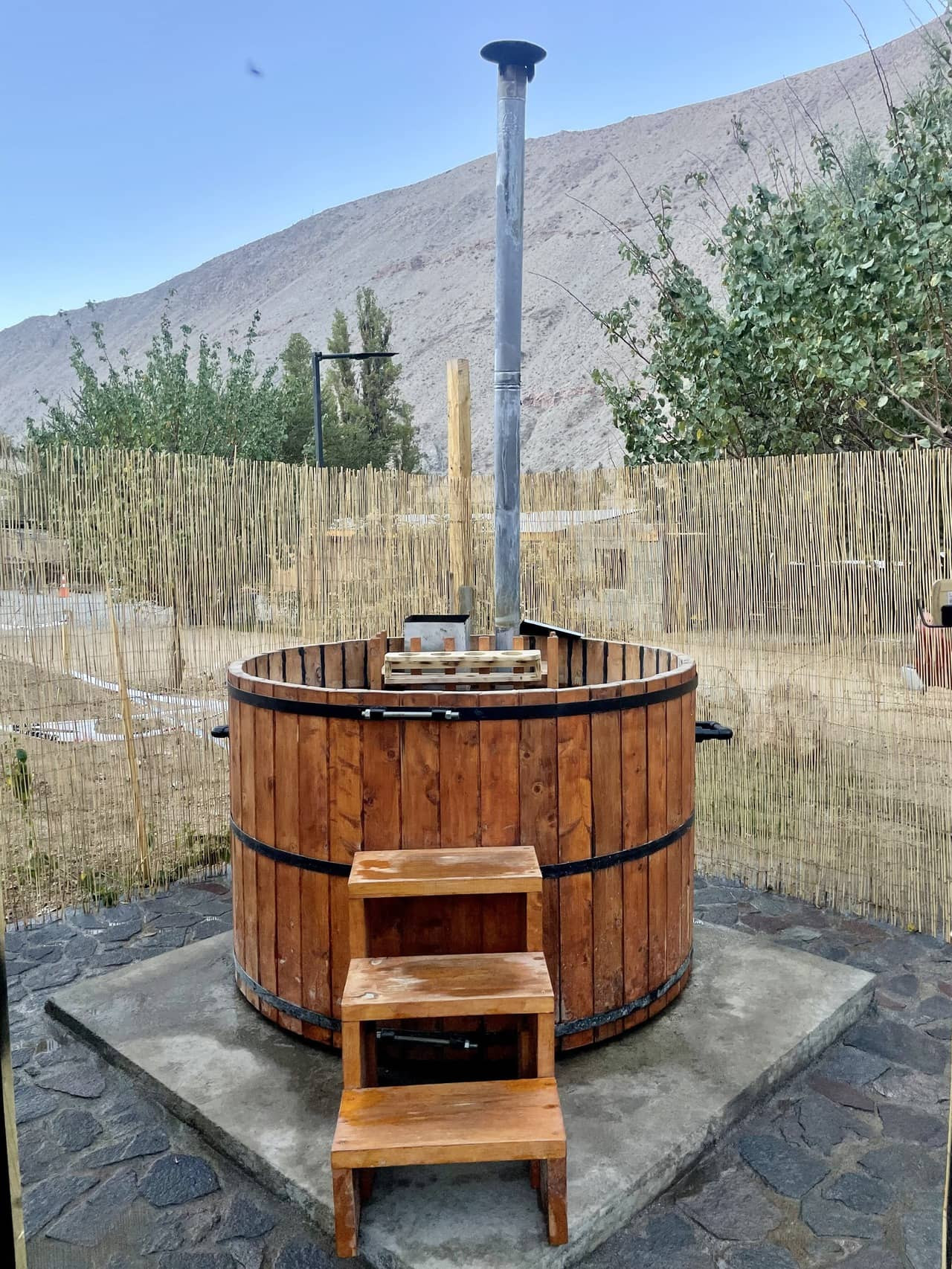 Traditional Chilean hot tub, Valle de Elqui – Relaxing in a wood-fired hot tub in the Valle de Elqui.
Traditional Chilean hot tub, Valle de Elqui – Relaxing in a wood-fired hot tub in the Valle de Elqui.
Enjoying a safe and relaxing soak in a traditional wood-fired hot tub, a common experience in regions like Valle de Elqui.
Getting Around Chile Safely: Transportation Options
Air Travel: For long distances within Chile, particularly given its north-south expanse of 2,700 miles, air travel is undoubtedly the safest and most time-efficient option. LATAM is a reputable major airline. SKY is another option, while budget airlines like JetSmart may come with varied experiences.
Driving and Car Rentals: Driving in Chile is generally safe, with well-maintained roads and infrastructure. However, driving styles in Latin America can be more assertive than in some other regions. While Chile drives on the right, traffic rules may be interpreted more flexibly. Driving in Santiago’s recommended neighborhoods is manageable, and daytime road trips throughout Chile are generally safe and enjoyable. For enhanced safety, especially on longer drives, opting for a larger SUV-type vehicle is advisable.
Taxis vs. Ride-Sharing (Uber): Surprisingly, pre-arranged taxis can offer a safer option than on-demand ride-sharing services like Uber in Santiago. For airport transfers or reliable transportation, consider using established taxi companies. Taxi Oficial (+56 2 2601 9880) is a recommended company with a long-standing reputation. While Uber operates in Santiago, the reliability and background checks can be less certain compared to a reputable taxi service.
Santiago Metro: The Metro de Santiago is a functional public transportation system. While generally safe, exercising caution and awareness of surroundings is always recommended, particularly in crowded areas. Using the metro within the safer neighborhoods is generally considered secure.
Buses in Santiago: Local buses (“micros”) are common in Santiago. While they serve as a budget-friendly option, vigilance regarding valuables is essential, especially in crowded buses. Within the safer neighborhoods, bus travel is generally manageable.
Drinkable Water and Food Safety in Chile
Chile boasts generally safe drinking water throughout the country. Tap water is typically potable, and concerns about waterborne illnesses are minimal. While those with sensitive stomachs might prefer bottled water, it’s generally not necessary. Ice is also safe to consume, and brushing your teeth with tap water is not a concern. In rural areas, when unsure, it’s always best to inquire locally about water safety. Chilean cuisine, from street food to restaurants, adheres to good hygiene standards, minimizing food safety concerns.
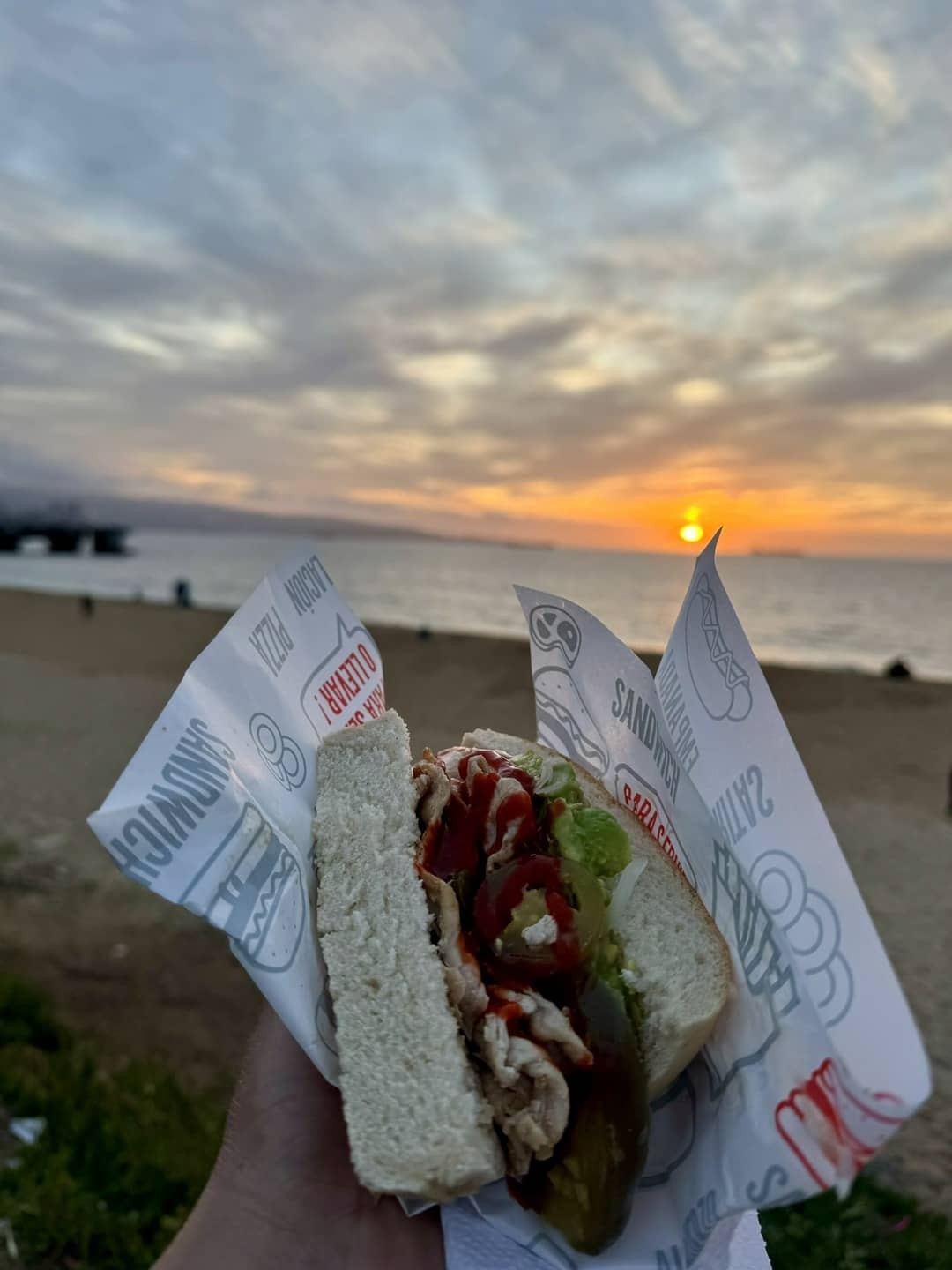 Chilean food in Viña del Mar – Enjoying safe and delicious street food in Viña del Mar.
Chilean food in Viña del Mar – Enjoying safe and delicious street food in Viña del Mar.
Sampling safe and flavorful Chilean street food on the coast of Viña del Mar.
Natural Disaster Preparedness in Chile
Earthquakes: Chile is seismically active, and earthquakes are a significant natural hazard. Chileans are accustomed to earthquakes, and building codes are designed to withstand seismic activity. During an earthquake, remaining indoors in a well-constructed building is generally the safest course of action.
Tsunamis: Coastal regions of Chile face tsunami risk following earthquakes. Santiago, being inland, is not at risk. However, in coastal cities and towns, immediate evacuation to higher ground is crucial if an earthquake occurs. Coastal areas in Chile are often hilly, providing readily accessible higher ground.
Further Reading: For comprehensive guidance on natural disaster preparedness while traveling, refer to resources like “What to Do in a Natural Disaster.”
 Surfing in Concón, Chile – Chile's coastline, while beautiful, also carries tsunami risk.
Surfing in Concón, Chile – Chile's coastline, while beautiful, also carries tsunami risk.
Enjoying surfing in Concón, while being mindful of potential coastal hazards.
Volcanoes: Chile is home to numerous volcanoes, many of which are active. Volcanic activity levels are monitored through alert systems (green, yellow, red). Resources like Senapred and the Smithsonian Volcano Institute provide volcano activity updates. Carrying a KN-95 mask in a first-aid kit can be useful in areas with volcanic activity.
Further Reading: For essential first-aid kit items for travel, consult resources like “how to build the best travel first aid kit.”
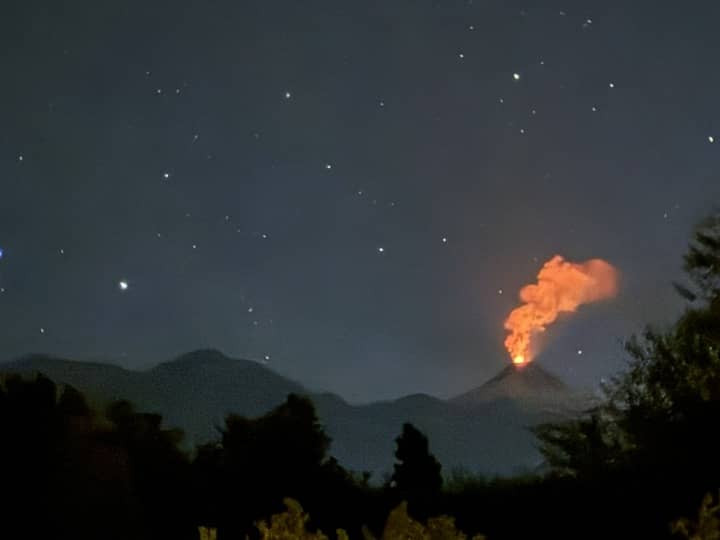 Villarica volcano, Chile – The Villarica volcano, a prominent feature of Chile's landscape and a reminder of volcanic activity.
Villarica volcano, Chile – The Villarica volcano, a prominent feature of Chile's landscape and a reminder of volcanic activity.
The Villarica volcano in Pucón, showcasing Chile’s volcanic landscape.
Snowstorms and Avalanches: Mountainous regions, particularly the Andes and southern Chile, experience snow, especially during winter months. Snowfall is less frequent in central Santiago. Roads to major ski resorts are generally well-maintained. Avalanche risks exist in the Andes, though perhaps less frequently than in some other mountain ranges.
Further Reading: For guidance on staying safe during snowstorms or blizzards while traveling, refer to “What to Do in a Snowstorm or Blizzard While Traveling.”
Medical Care and Emergency Services in Chile
Chile offers a good standard of medical care, particularly in Santiago. For serious medical emergencies, private hospitals in Santiago, such as Hospital Clínico Universidad de los Andes (Hospital Los Andes in Las Condes), are recommended.
Emergency numbers in Santiago:
- Police (Carabineros): 133
- Medical Emergencies: 131
- Fire Department: 132
While 911 is functional in Chile, using these direct numbers may be more efficient.
Civil Unrest: Understanding the Context
Chile experienced significant civil unrest in 2019, triggered by a metro fare increase. This unrest highlighted existing socio-economic inequalities. While protests were intense and resulted in property damage, particularly in downtown Santiago, the country has been relatively stable since then. The unrest was largely concentrated in Santiago’s central areas.
Gangs, Cartels, and Drug-Related Crime
While Chile has seen an increase in drug cartel activity, particularly in major cities, tourists are unlikely to be directly affected unless involved in illicit activities or venturing into known high-crime areas. Sticking to recommended neighborhoods and exercising general caution minimizes risks associated with drug-related crime.
Nightlife Safety in Chile
Nightlife in Santiago, Valparaíso, and Viña del Mar has become somewhat more subdued in recent years due to safety concerns. Bars and clubs may close earlier than in the past. Historically popular nightlife districts like Bellavista, Barrio Italia, and Barrio Lastarria have become less safe at night. For safer nightlife experiences, consider upscale venues in areas like Avenida Vitacura or Orrego Luco, focusing on dinner and drinks in the early evening.
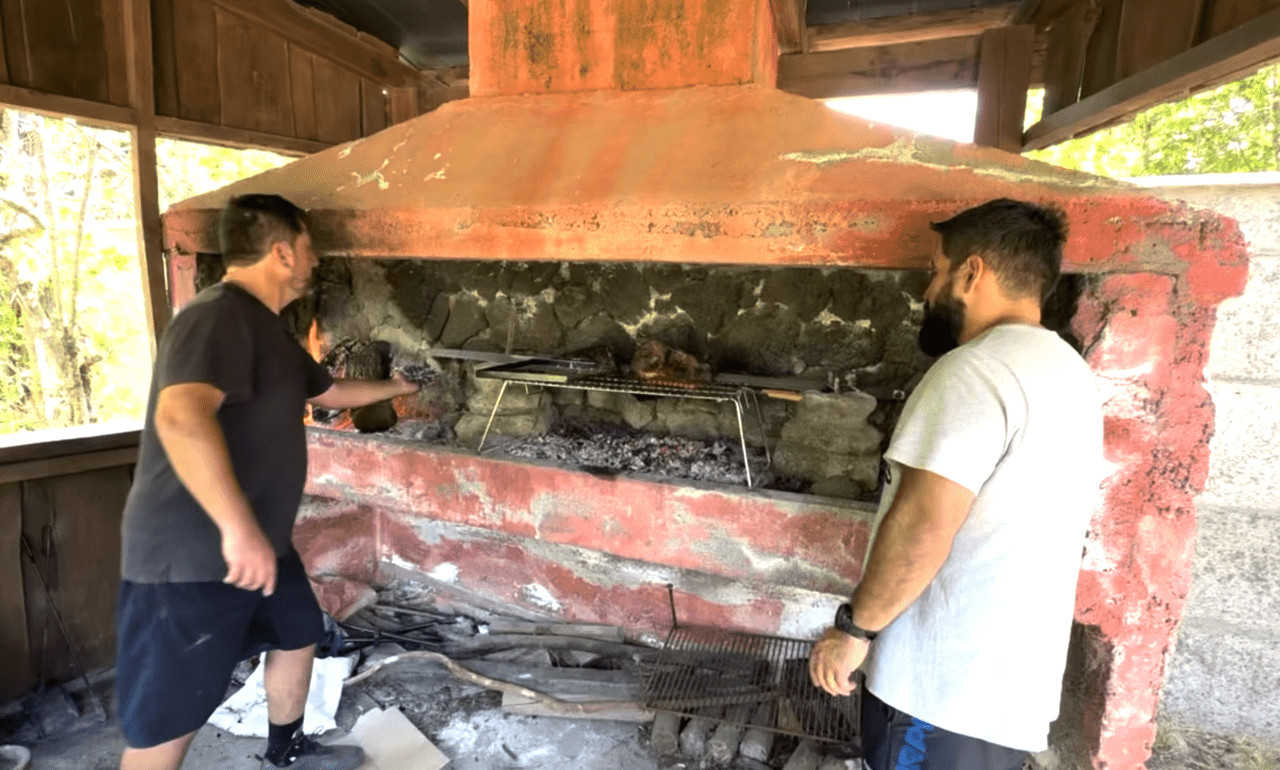 Traditional Chilean Asado – A safer and more culturally rich evening activity than nightlife.
Traditional Chilean Asado – A safer and more culturally rich evening activity than nightlife.
Opting for a traditional Chilean asado (barbecue) can be a safer and more authentic evening experience.
Should You Travel to Chile? An Enthusiastic Yes!
Despite the nuanced safety considerations in urban areas, Chile remains an exceptional travel destination. Its unparalleled geographical diversity, from deserts to glaciers, and unique cultural experiences, from Mapuche traditions to “huaso” (cowboy) culture, are compelling reasons to visit. Chileans are known for their warmth and hospitality. Embrace the opportunity to explore this fascinating country.
 Brazilian Jiujitsu in Santiago, Chile – Engaging with local culture and people in Santiago.
Brazilian Jiujitsu in Santiago, Chile – Engaging with local culture and people in Santiago.
Connecting with Chilean culture, like practicing Brazilian Jiujitsu, enhances travel experiences.
The Indispensable Travel Insurance
Travel insurance is highly recommended for any international trip, including Chile. It provides crucial protection against unforeseen events like trip cancellations, lost luggage, and medical emergencies. Consider reputable travel insurance providers like Wanderwell, SafetyWing, and World Nomads.
Explore More of Latin America: For safety insights into other Latin American destinations, see resources like the “Guide to Safety in Bogota, Colombia.”
Group Travel: Enhanced Safety and Community
Group trips offer an added layer of safety and security, particularly for solo travelers. Traveling in a group provides strength in numbers and access to experienced guides who can offer local safety advice. Consider exploring group travel options in South America, such as those offered by Under30Experiences group trips to South America.
P.S. While Chile is incredible, for Patagonia specifically, Argentina can be a more budget-friendly option, and Buenos Aires offers a different kind of urban charm compared to Santiago. Explore itineraries like the Buenos Aires & Patagonia trip for alternative South American adventures.
